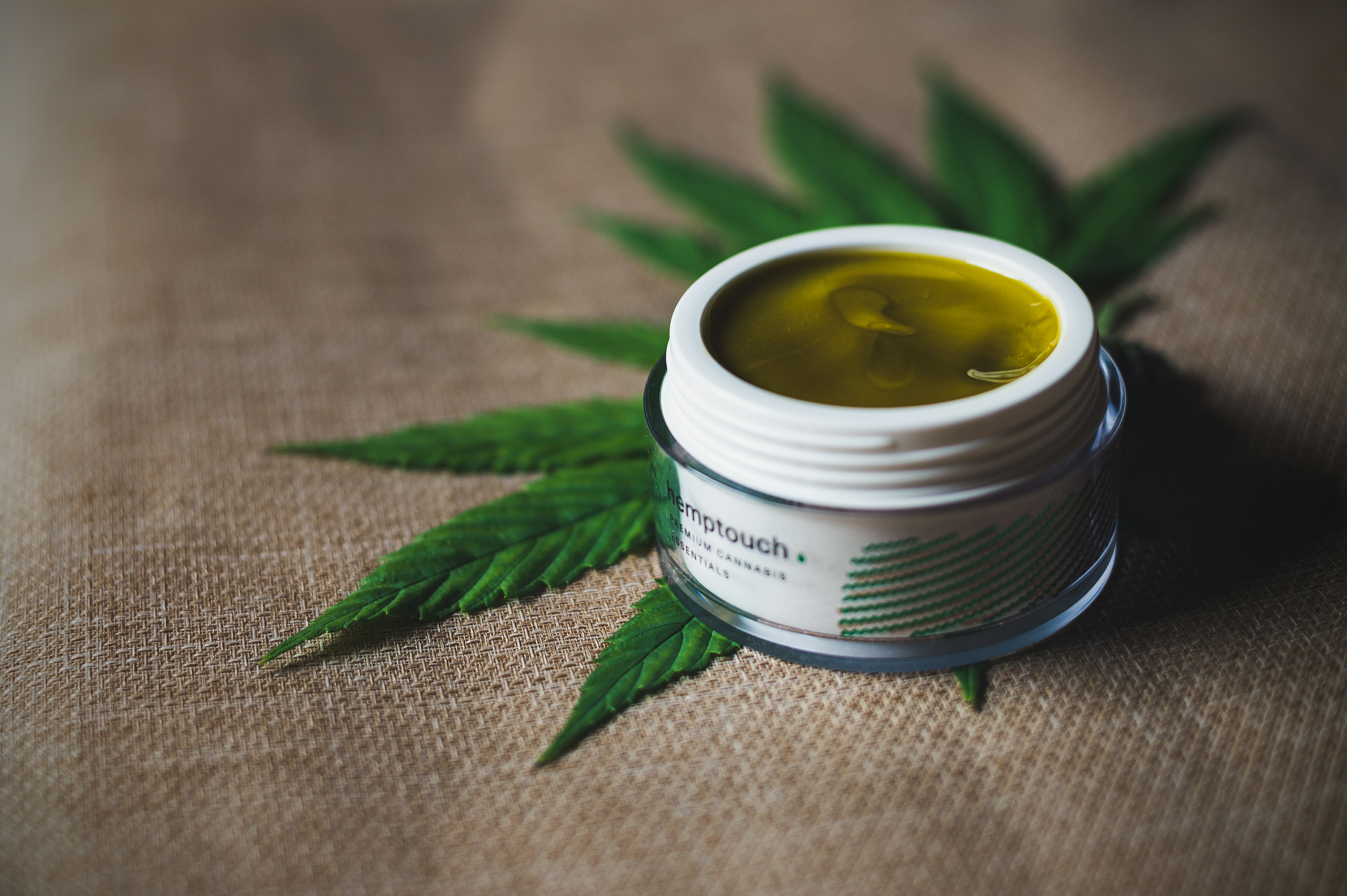What Types of Pain Is CBD Good For?

Cannabidiol, or CBD, has been getting a lot of attention lately for its therapeutic benefits, especially for pain. From the Cannabis sativa plant, CBD is a non-psychoactive compound meaning it won’t get you high like marijuana. This makes it a great option for those looking for pain relief without the mind altering effects.
Chronic Pain
One of the most common uses of CBD is for chronic pain. Studies have shown that CBD can help with arthritis, fibromyalgia, and multiple sclerosis. CBD interacts with the endocannabinoid system (ECS) in the human body which regulates pain and inflammation. By boosting the ECS, CBD can help with chronic pain and improve overall quality of life.
Neuropathic Pain
Neuropathic pain caused by nerve damage can be tricky to treat. Conditions like diabetic neuropathy, sciatica and nerve damage from injuries can cause this type of pain. Research suggests CBD has neuroprotective properties that can help with neuropathic pain. Its anti-inflammatory effects can also help reduce overall discomfort.
Acute Pain

If you’re considering using CBD for pain relief you need to know the different ways it can be taken. Each method has its own pros and cons and may work
While chronic and neuropathic pain are long term, acute pain is short term and caused by injuries or surgeries. CBD has been shown to
help with acute pain by reducing inflammation and promoting faster healing. Athletes in particular have found CBD helpful for managing sports injuries and the associated acute pain.
Migraine and Headaches
CBD is also being looked at as a treatment for migraines and headaches. Anecdotal evidence and some early studies suggest CBD can help reduce migraine frequency and severity. Its anti-inflammatory and analgesic properties may help with headache symptoms.
Conclusion
While the research is still in its infancy, the existing data says CBD looks good for different types of pain management. Whether it’s chronic, neuropathic, acute or migraine pain, CBD could be a natural alternative to painkillers. As always, consult with a doctor before starting any new treatment.
How to Use CBD for Pain
If you’re considering using CBD for pain relief you need to know the different ways it can be taken. Each method has its own pros and cons and may work better for different types of pain.
Tinctures and Oils
CBD tinctures and oils are the most common form of administration. These are taken sublingually meaning you place a few drops under your tongue and hold for about 30 seconds before swallowing. This method allows for quick absorption into the bloodstream, usually within 15-45 minutes, making it good for fast pain relief.
Capsules and Edibles
For those who prefer a more convenient and discreet way to take CBD, capsules and edibles are a good option. These products give you a pre-measured dose of CBD so you know what you’re getting. However they have to go through the digestive system so the onset of effects can take longer – 1-2 hours.
Topicals
CBD infused creams, balms and lotions can be applied directly to the skin over the affected area. This is good for localised pain like arthritis or muscle soreness. The CBD is absorbed through the skin and interacts with local cannabinoid receptors to provide targeted relief.
Dosage and Safety
Finding the right dosage of CBD for pain management can be tricky as it depends on body weight, metabolism and type of pain. It’s best to start low and go up until you get the desired effect. Consult with a doctor for personalized advice.
Also while CBD is generally safe, be aware of potential side effects like dry mouth, dizziness and changes in appetite. More importantly CBD can interact with other medications you’re taking so it’s important to talk to your doctor about using it.
The Future of CBD in Pain Management
As the laws around CBD evolve more research is being done to understand its full potential and limitations in pain management. Scientists are also looking into combining CBD with other cannabinoids and terpenes to create better formulations. This research is key to establishing dosing guidelines and long term safety of CBD.
So there you have it, CBD is an option for managing different types of pain. Whether used alone or with other treatments it can help many people. Just use with caution and under the guidance of a doctor.